These images of Singapore transitioning from day to night will amaze you
Photojournalist Bryan van der Beek talks about his latest personal project... and not being able to go to the bathroom during shoots.
A trained photojournalist, Bryan van der Beek's work has appeared in The Straits Times and big-deal international publications like Time, Newsweek and The Washington Post. In his latest series, Transitions, he combines his photojournalism background with a bit of artistic flair, creating remarkable images of places in Singapore as they transition from day to night. Here, he talks about the difficulties of staying with your tripod all day, and what makes Singapore so different from everywhere else.
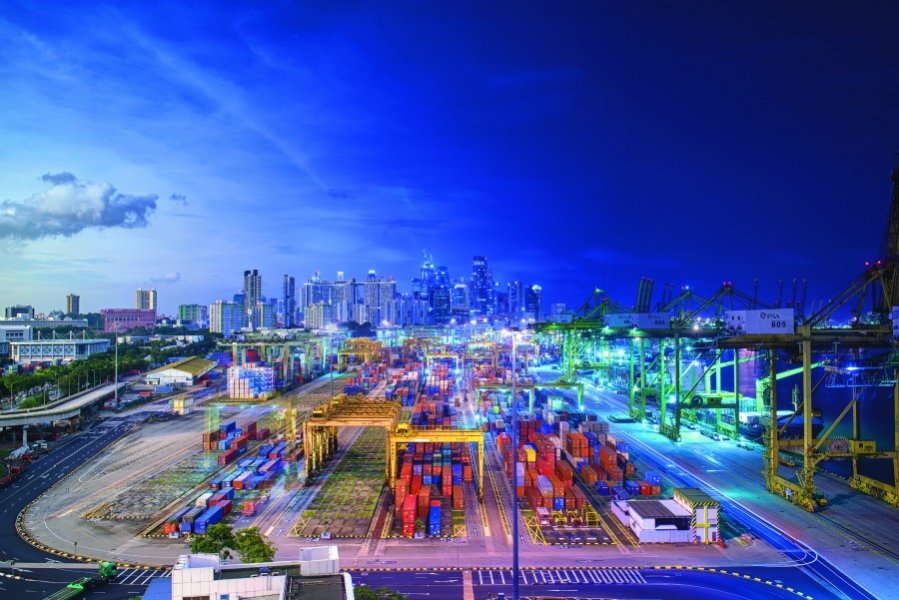 PSA Port
PSA Port
What got you interested in photographing Singapore?
I got my start as a documentary photographer and photojournalist so I've always been interested in documenting the places that I live in. This project just takes the documenting processes and mixes it up with the concept of passing time.
How is Singapore different from other cities?
Singapore is an amalgamation of both the East and the West. I have friends who come from Europe or the States and marvel how "Western" of a city it is. But move out from the CBD and you will also see all the different cultures and traditions come into play. Because of its small size, we also have the opportunity to implement programs and services that might not be easily done on a larger scale.
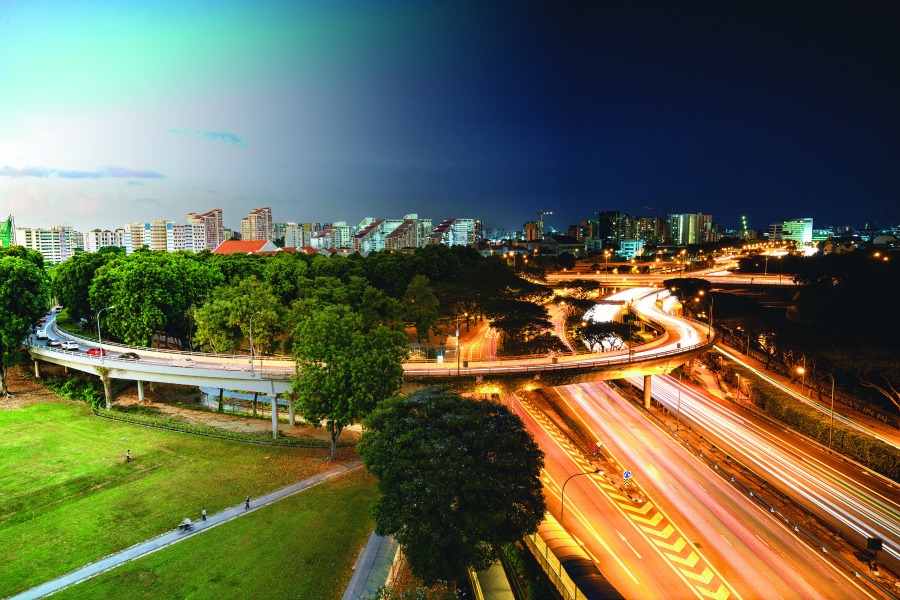 Kim Keat Blocks
Kim Keat Blocks
What was the most difficult thing about shooting the series?
The thing about this project is that once you decide on the composition of the image, you're committed to it once the shutter goes off for the first time. You can't decide half way into it to change your framing. So sometimes, the tough part is working on a frame, discovering a couple of hours into it that it's not working out, and deciding to come back again to reshoot it with a better angle or perspective. Also, when shooting in the more crowded places like Merlion Park, you have to guard your equipment like hawk. All you need is someone to accidentally get to close and kick your tripod to make you have to do it all over again.
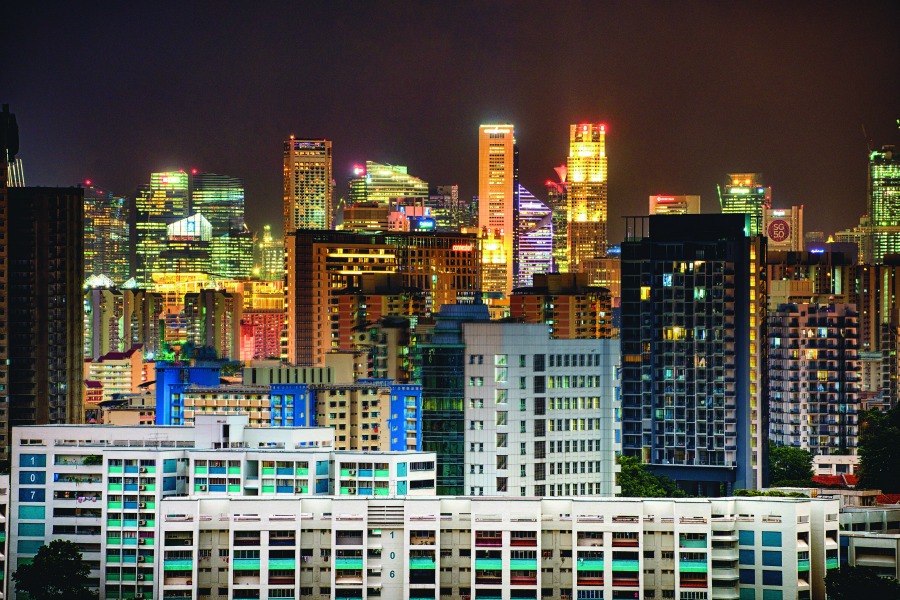 Skyline
Skyline
What did you do to make the images transition seamlessly?
The most important thing is the patience to wait with the tripod during the duration of the shoot. The camera cannot move at all during the process. I then selected anywhere from two to four images from the whole take and digitally merged them together.
 Pandan Reservoir
Pandan Reservoir
What did you look out for when scouting locations?
I kept an eye out for places that would photograph well, and that had the potential to be very visually different at different times of the day. I also wanted to have a nice mix of the urban, suburban and "rural." A lot of my recce involved riding my motorbike around the country and keeping an eye open for potential situations to capture.
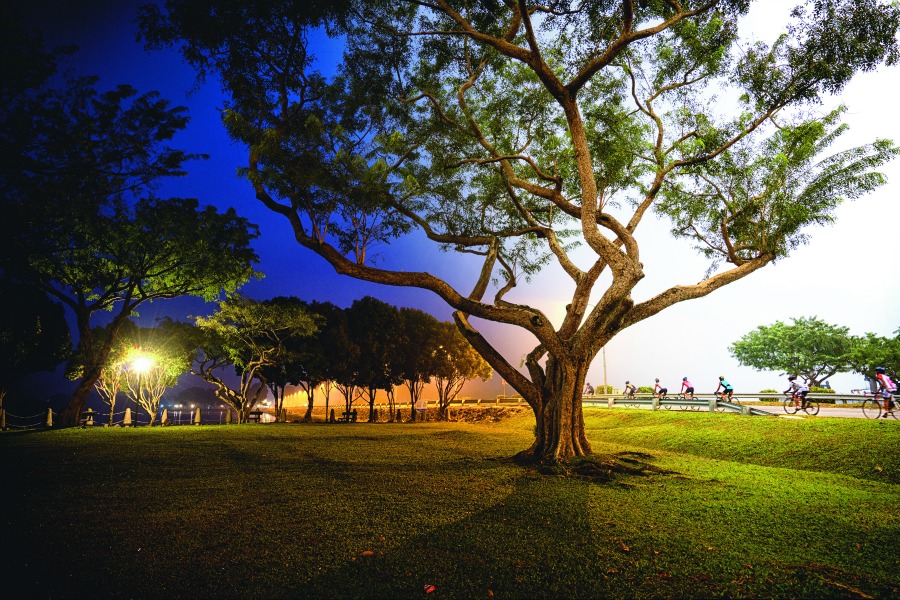 Kranji Dam
Kranji Dam
You created these images from 5:30am and 9:30am, or between 4:30pm and 8:30pm. Why those times?
The simplest reason is that those periods of time show the most change in the sky and lighting. Pictures that morph from predawn through to daybreak and morning and from afternoon to dusk tend to be most dynamic, simply because you can see the most changes in the environment.
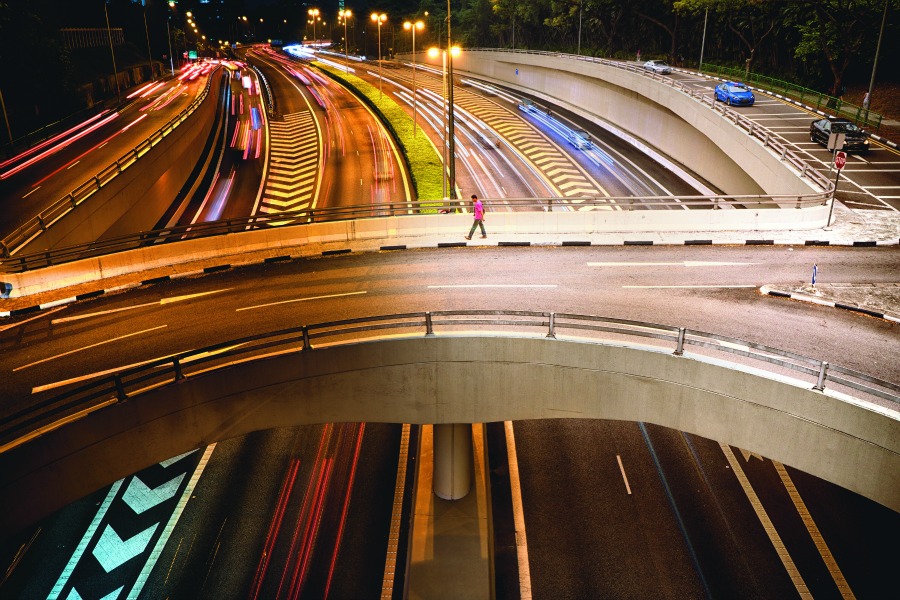 CTE
CTE
Could you go to the bathroom?
Well let's just say that I was pretty fortunate for the most part. For a couple of the longer exposures, I had a friend or to pop by to keep me company and afford me to luxury of a toilet break. But let's just say that there were a couple of occasions where I had to cut the shoot short and come back on another day for a reshoot.
Transitions is also available as a book and can be purchased here for $25.
Advertisement